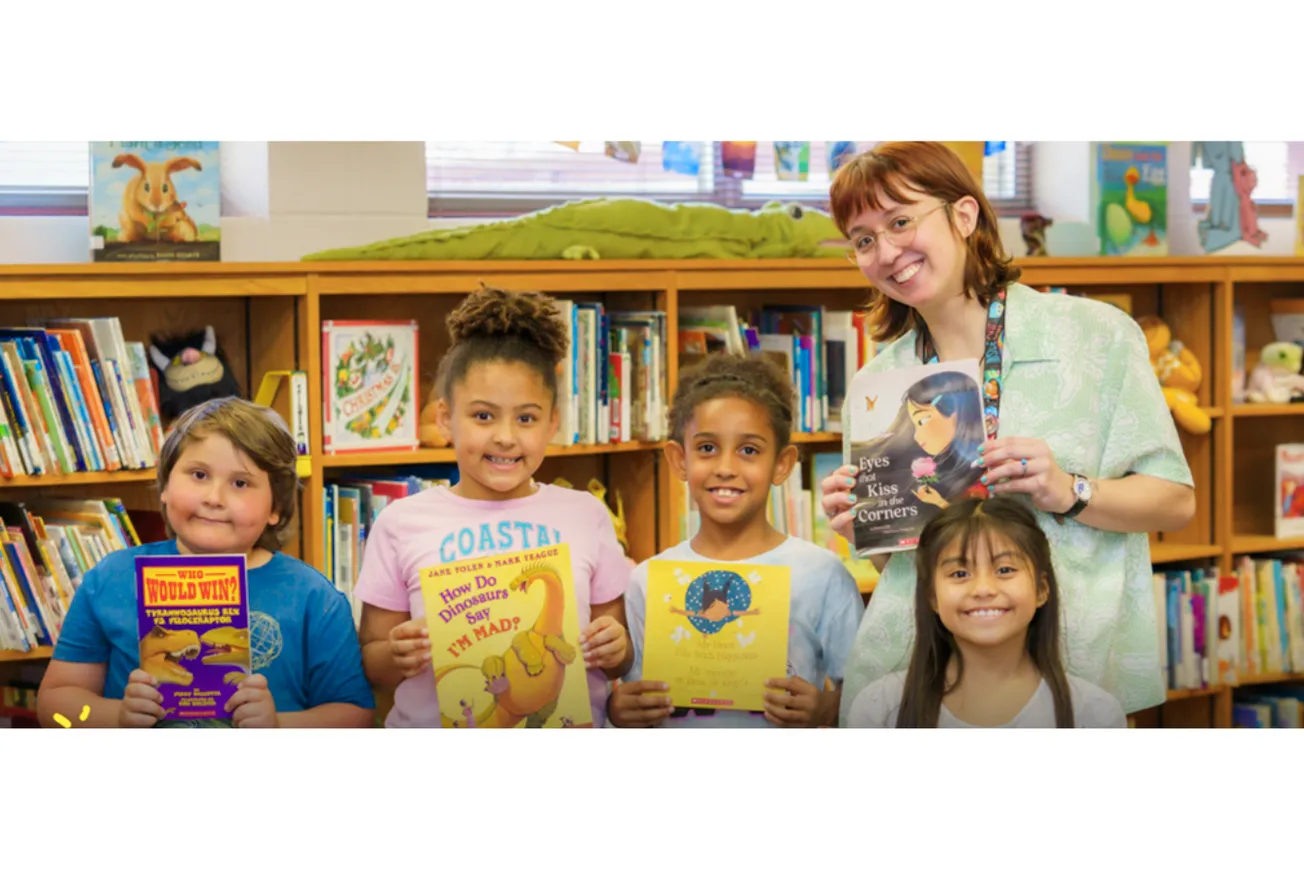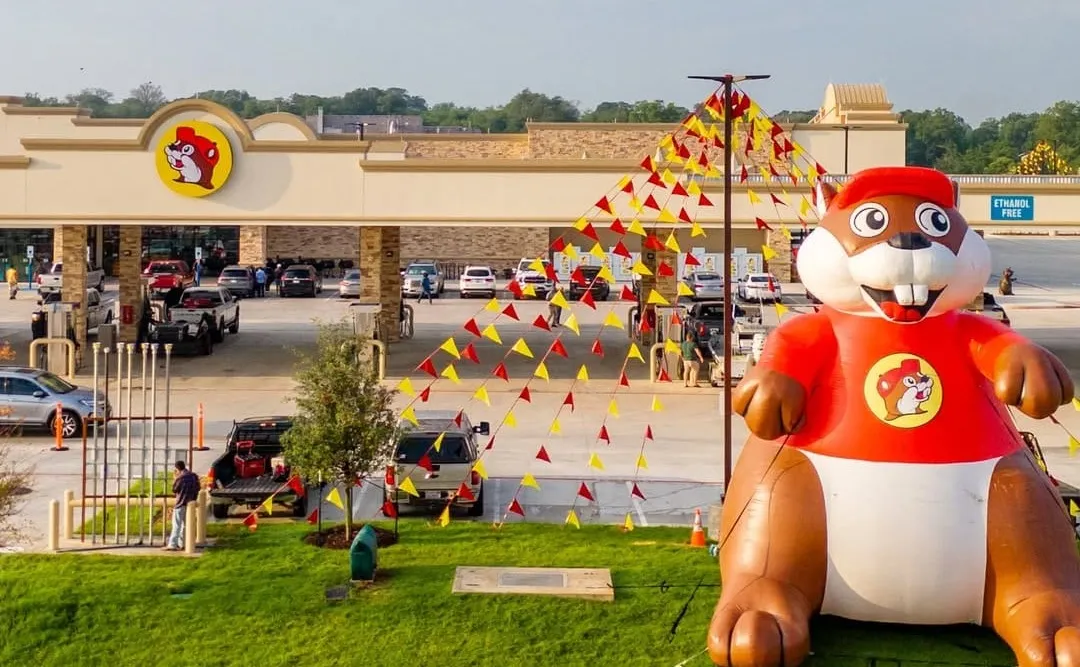NEW YORK — The nation’s retailers and suppliers can take heart from early indications that the 2016 holiday shopping season will bring good cheer. Millions of Americans have already turned their attention to the holidays, according to the Holiday Consumer Pulse Poll from Rubicon Project Inc., a provider of technology to automate the buying and selling of advertising.
Rubicon’s polling of 1,003 shoppers in late August suggests Americans plan to spend an average of $1,175 this holiday season, which the firm says represents a 12% jump from last year.
Deloitte’s annual retail holiday sales forecast is for a sales increase of 3.6% to 4% from last year, with total sales exceeding $1 trillion.
The consulting firm also predicts an increase of between 17% and 19% in e-commerce sales to more than $96 billion.
“Consumers have ramped up their spending this year on the back of a strong labor market. We also expect slightly higher growth in disposable personal income during the upcoming holiday season compared with last year,” says Daniel Bachman, Deloitte’s senior U.S. economist. “Consumer confidence also remains elevated, despite some fluctuations in 2016. Additionally, households have been drawing down their savings, and therefore spending has been healthier than would normally be expected given the rate of income growth. While attention toward presidential elections may be a temporary distraction in the early part of the holiday shopping season, it should not have a negative impact on sales, and retailers may benefit from a pickup in post-election consumer spending.”
E-commerce will continue to serve as a major disrupter this holiday season, according to Deloitte, but the firm sees the ongoing fragmentation of the marketplace as an even greater source of tumult.
“Retail competition will not only come from the big box down the street or major e-commerce players,” says Rod Sides, vice chairman of Deloitte and the firm’s U.S. retail and distribution sector leader. “It is also likely to come from the small and midsized retailers that focus on niche products and experiences. This group has been collectively taking share from large, traditional retailers to the tune of $200 billion in annual sales over the last five years. The retailers that compete on differentiated products and experiences should be well positioned to outperform other competitors during the holiday season.”
Retailers and suppliers wondering what to expect for the year-end holidays can take a cue from the just-completed back-to-school shopping season, according to Excentus Corp., developer of proprietary technology used in reward programs associated with purchases of everyday commodities such as gasoline. A survey of Excentus members estimates that consumers spent nearly $70 billion on B-T-S merchandise and that 90% of consumers plan to return to the mass merchandiser from which they did their B-T-S shopping.
Halloween-related spending is also sometimes taken as an indicator of what’s in store for the year-end shopping season. And Americans are looking forward to splurging on their favorite candy and costumes this Halloween season, according to the National Retail Federation’s annual survey, conducted by Prosper Insights & Analytics. The survey projects total spending for Halloween will reach $8.4 billion, which is an all-time high in the survey’s 11-year history, according to the NRF.
Consumers are expected to spend an average of $82.93, up from last year’s $74.34, with more than 171 million Americans planning to partake in Halloween festivities this year, the NRF says.
“After a long summer, families are excited to welcome the fall season celebrating Halloween,” says Matthew Shay, NRF’s president and chief executive officer. “Retailers are preparing for the day by offering a wide variety of options in costumes, decorations and candy, while being aggressive with their promotions to capture the most out of this shopping event.”
The survey suggests that consumers plan to spend $3.1 billion on costumes (purchased by 67% of Halloween shoppers), $2.5 billion on candy (94.3% of shoppers), $2.4 billion on decorations (70%) and $390 million on greeting cards (35.4%). The data also suggest that 71% of consumers plan to hand out candy, 49% will decorate their home or yard, 47% will dress in a costume, 46% will carve a pumpkin and 34% will either throw or attend a Halloween-theme event.
The survey also suggests nearly half of Halloween shoppers will visit discount stores to buy Halloween-theme merchandise.
“Consumers are eager to celebrate Halloween, especially given that eight in 10 Americans will shop by mid-October,” says Pam Goodfellow, principal analyst at Prosper Insights. “That is the highest we have seen in the survey history. Americans will enjoy taking advantage of early-bird promotions both online and in-store as they kick off the fall season.”





